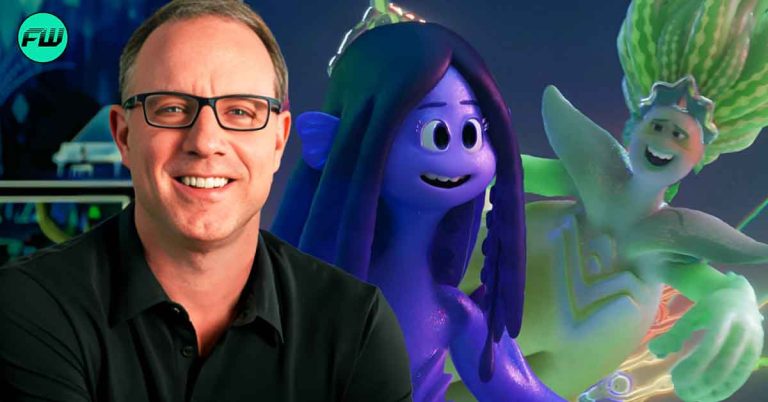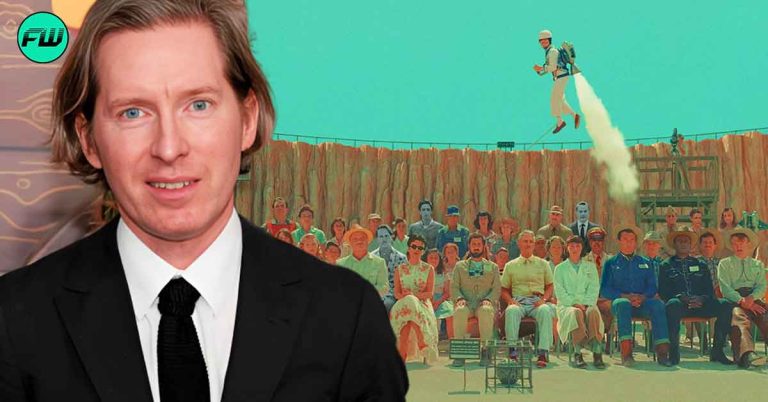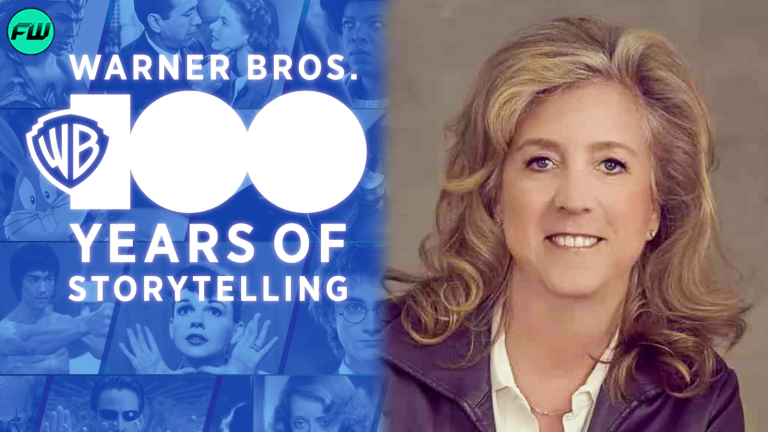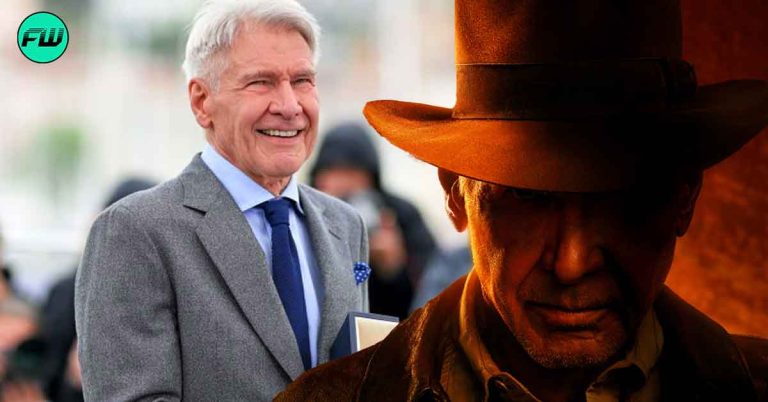We are back with a new Hot Summer Nights Series: Cult Movies top list.
Making a movie is never easy. It takes time, commitment, rejections, successes, questioning…
And sometimes, taking a closer look at the behind the scenes is necessary to understand and rediscover our favorite films.
Today we’re going to be talking about 3 major classic movies that changed the cinema industry forever.
Three movies that became major summer classics, either because they took place during the summer, or just by their warm and summery atmosphere. Let’s dive right in!
1) American Graffiti
Francis Ford Coppola saved American Graffiti.
If this movie is now a classic and considered as the gift that brought us Harrison Ford, George Lucas, or Richard Dreyfuss as we know them today, the release of American Graffiti was very uncertain for a long time because it was turned down by every studio in Los Angeles.
It was only greenlit by Universal when Francis Ford Coppola, who had just finished The Godfather, agreed to produce George Lucas’ movie. Co-Producer Gary Kurtz declared “Almost every studio in town turned down the first draft screenplay after United Artists, which developed it, decided to pass.”
[…] They couldn’t visualize the movie from the script and no one had faith in us (…) Without Francis,” Kurtz said, “the movie would not have been made.” American Graffiti was then nominated for 5 Oscars, including Best Film and Best Director.
George Lucas seems to have invented the “Music Supervisor” position while directing American Graffiti.
Indeed, this movie worked so well mostly because of its vintage/retro pop 50’s soundtrack. Lucas inserted all those songs while writing the script, instead of adding them post-production.
The songs are truly part of the story and shaped it in a revolutionary way.
American Graffiti initiated summer blockbusters. While it only opened in one theatre in 1973, American Graffiti made a major debut with a total of $115 million at the box office.
Lucas said “It made a little over $20 (million) first week. The second week it made 22. The third week 25.
And it went up for a whole year. It stayed in the theatre for an entire year and it never dropped. So for a seven hundred thousand dollars investment, they made a hundred million dollars in return.”
2) Rebel Without a Cause
Natalie Wood fought to get the part of Judy. She wanted to transition from the 16 years old child actress she was, to more serious roles.
Some major actresses were being considered for the part of Judy, such as Debbie Reynolds or Jayne Mansfield.
But Natalie Wood and the director of the movie, Nicolas Ray, who was then 44 years old, started having an affair. Nicolas Ray still refused to give her the part of Judy, because he only saw Wood as a young and innocent actress who couldn’t portray someone as complex and as drawn to danger as Judy (as Judy was described in the first script).
One night, Natalie Wood was out and drinking and she got involved in a car crash. She got arrested and called Nicolas Ray to pick her up.
Wood declared that the police called her a “goddamn juvenile delinquent”. She then yelled back “Did you hear what he called me, Nick? He called me a goddamn juvenile delinquent!
Now, do I get the part?”
Ray then wrote to Warner Bros. a note saying that the only kid that could portray Judy the way she was going to, was Natalie Wood.
Frank Mazzola, who plays Crunch in the film, was hired as a consultant on set and was given a small part because he was part of a gang himself (the Athenians).
He staged the whole knife scene and taught James Dean how to fight with a knife, a hand in his back, and the other wrapped with a jacket as street fighters would.
James Dean injured himself quite a few times when filming Rebel Without a Cause. During the knife fight scene, for example, James Dean was actually cut with a knife.
Ray called cut for the scene, which got James Dean completely furious. He yelled at Ray “Don’t ever, ever say cut. Don’t ever, ever say cut to me. I’ll say cut if something’s wrong. Don’t you ever cut the scene” and walked out off the set.
His desire to keep the movie as realistic as possible was so strong and got him injured a few other times.
3) Karate Kid
The heartbreaking scene where a drunk Mr. Miyagi tells the story of his late wife to young Daniel was almost cut off the movie.
Indeed, the studio thought it was slowing the pace down. But director John Avildsen insisted on keeping it and he is convinced that this scene played a major part in Pat Morita’s Oscar Nomination.
The yellow 1948 Ford Super De Luxe that Daniel LaRusso polishes in the “Wax On Wax Off” scene and that Mr. Miyagi later offers Daniel was actually given to Ralph Macchio (LaRusso) by the producer.
He still owns it nowadays. LaRusso remembers saying to the head of Columbia Picture “‘Maybe at the end of this film, I’d love to buy that car just to have it. It’s just become a piece of pop culture and would be cool to keep in my family’ But the day the second sequel was released, that car was on a flatbed in front of my house on Long Island, New York. I never had to purchase it.
The title was turned over to me and it was a gift from Columbia Pictures.” He then added “From every movie and every project I’ve ever done—I kept something.
So, with The Karate Kid, it was the original headband and the trophy, and then I said, “Boy, would I love to have that ’47 Ford. How cool would that be?”
Very cool indeed!
Karate Kid is actually the name of a character in DC Comics Legions Of Superheroes. DC gave special permission and allowed the studios to use the name for the movie. DC Comics was thanked in the end credits.
What is your go-to summer movie? Let us know in the comments below!











